
Keil Space's artistic revolution in Florence: the observer at the center as co-creator
There is a place in Florence that hints at the future of art: it is Keil Space, a place for reflection and decompression envisioned by British artist Samantha Keil. Is a new Renaissance beginning in Florence?
By Luca Rossi | 15/11/2024 17:58
To visit Keil Space in Florence, the space conceived by British artist Samantha Keil, is to glimpse the future, to experience and savor what we would like the future to be. The space, founded by Samantha Keil, a master of bronze from a long line of craftsmen connected to the British Crown, welcomes visitors on a true aesthetic journey that combines the power of art with the dimensions of sight, sound, smell, taste and touch. An experience of reflection and decompression capable of awakening our "ability to see," understood as the ability to feel and perceive the world around us.
From the typical chaos of the city of Florence, one descends, via a ramp, into a setting that is central to the city but pleasantly secluded. Everything is polite, kind. One immediately perceives a kind of "radicalness" in the care of the visitor who is not a passive element, to be passed at the metal detector, but a central subject and protagonist.
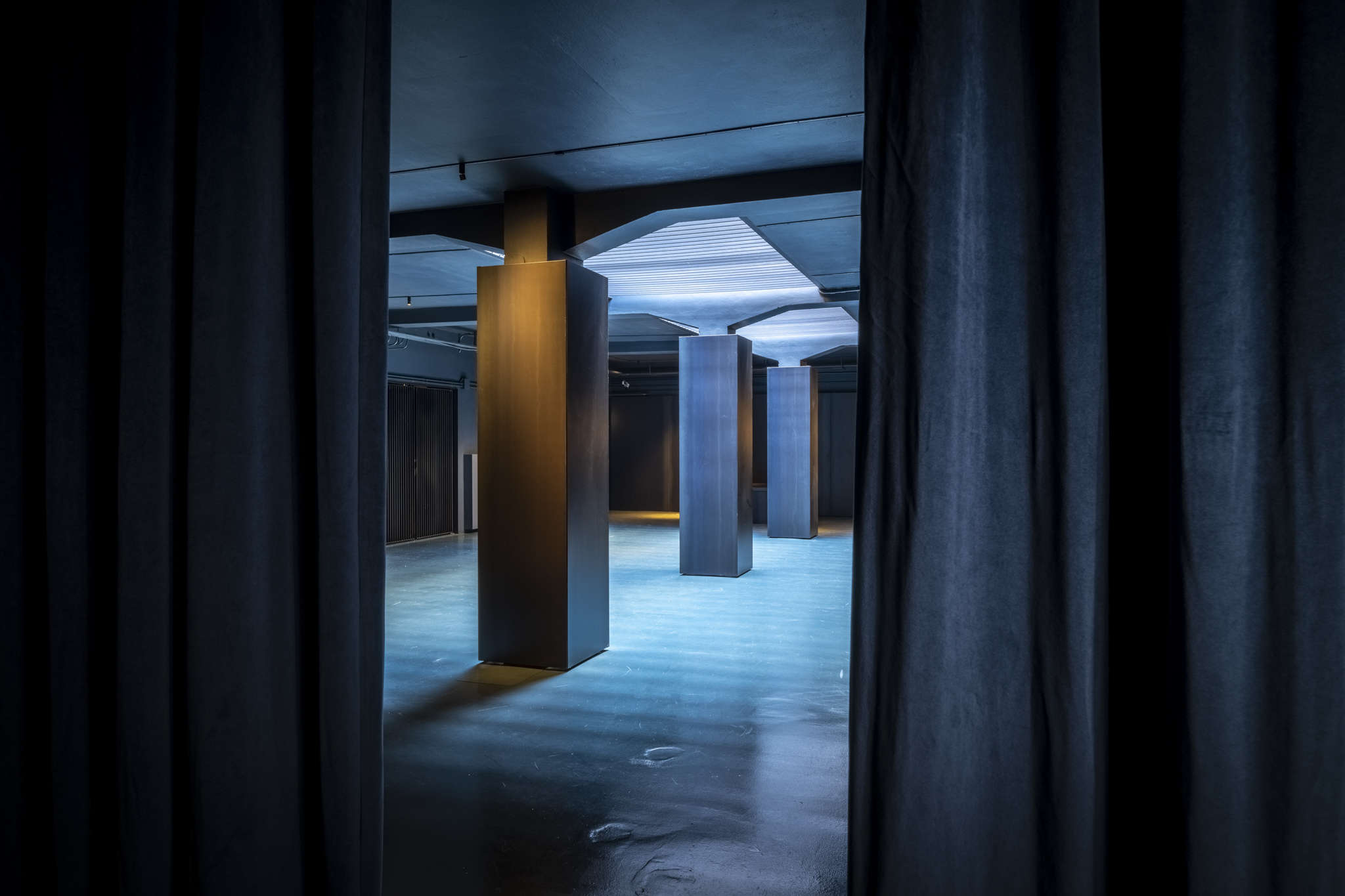
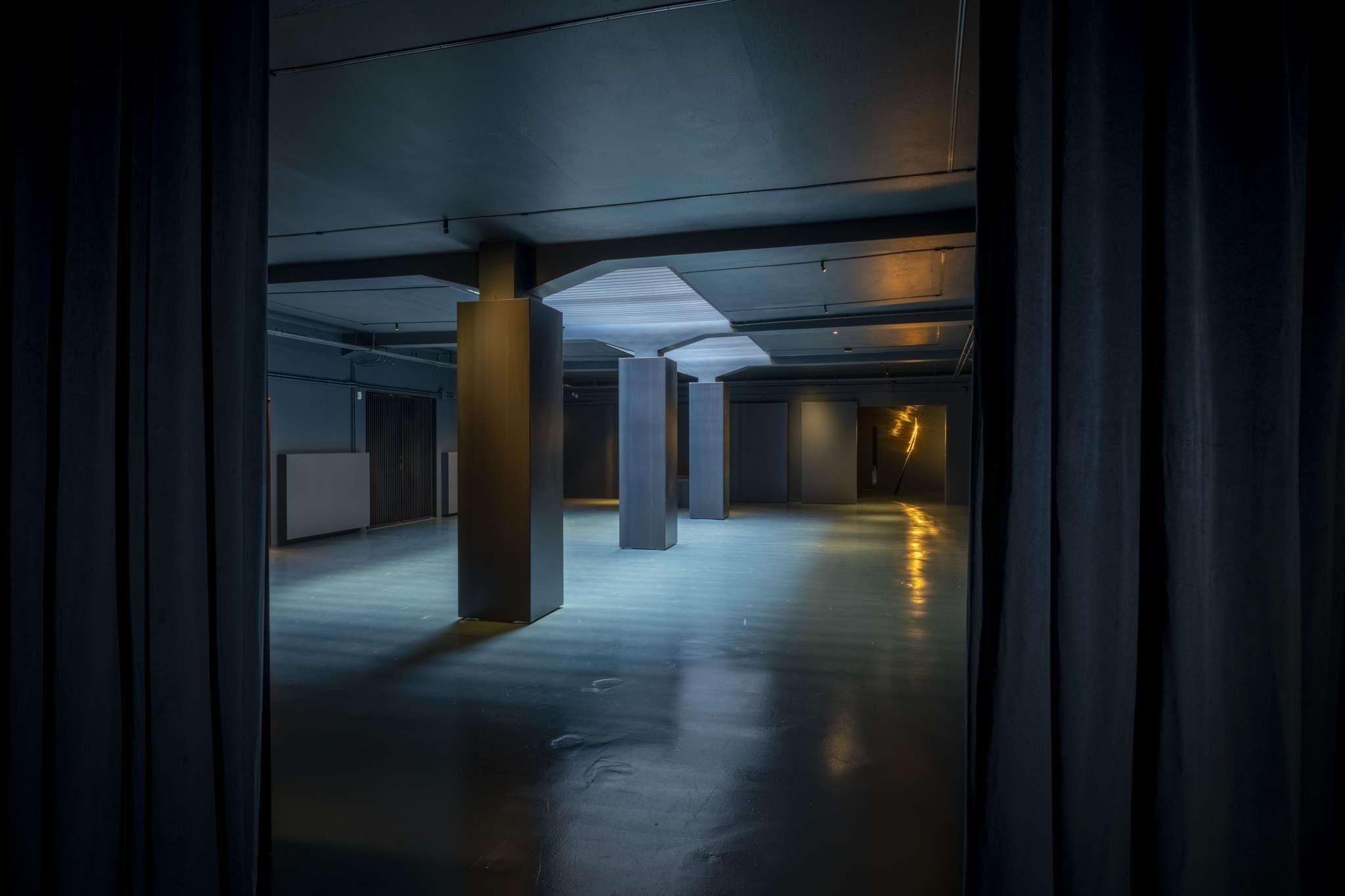
Immediately you are asked to leave your cell phone behind and so you can enter the first room. In the first room, characterized by three large columns, one immediately senses the need to proceed by subtraction and leave out the noise and superstructures that we carry with us. In this room, Samantha Keil highlights with rigor and definition what are the values that will accompany us in the visit. We continue by meeting the "First Generation Bronze". In a more intimate setting we are greeted by a small wunderkammer that traces Keil's journey through an articulate reflection on the possibilities of bronze and matter. Central is the work Lovers in which the figurative dimension of two lovers transcends matter in a pulsating tension, as if something is yet to happen or something has just happened: a dance, a struggle, a ritual.
One continues the visit always accompanied, and never pushed, almost in an "affectionate" dimension where the experience with the environment and the works, grows and develops in a natural and intense way. In the "Second Generation Bronze" Keil's evolution according to modernist urgencies and dynamics is evident. Once again the mode and care in fruition become an integral and not a secondary part. As if the artist, in designing this space, wanted to think not only of her "son" but also of her "home," aware of the dynamics of the art world that can often misrepresent the context with fatal repercussions on the content.
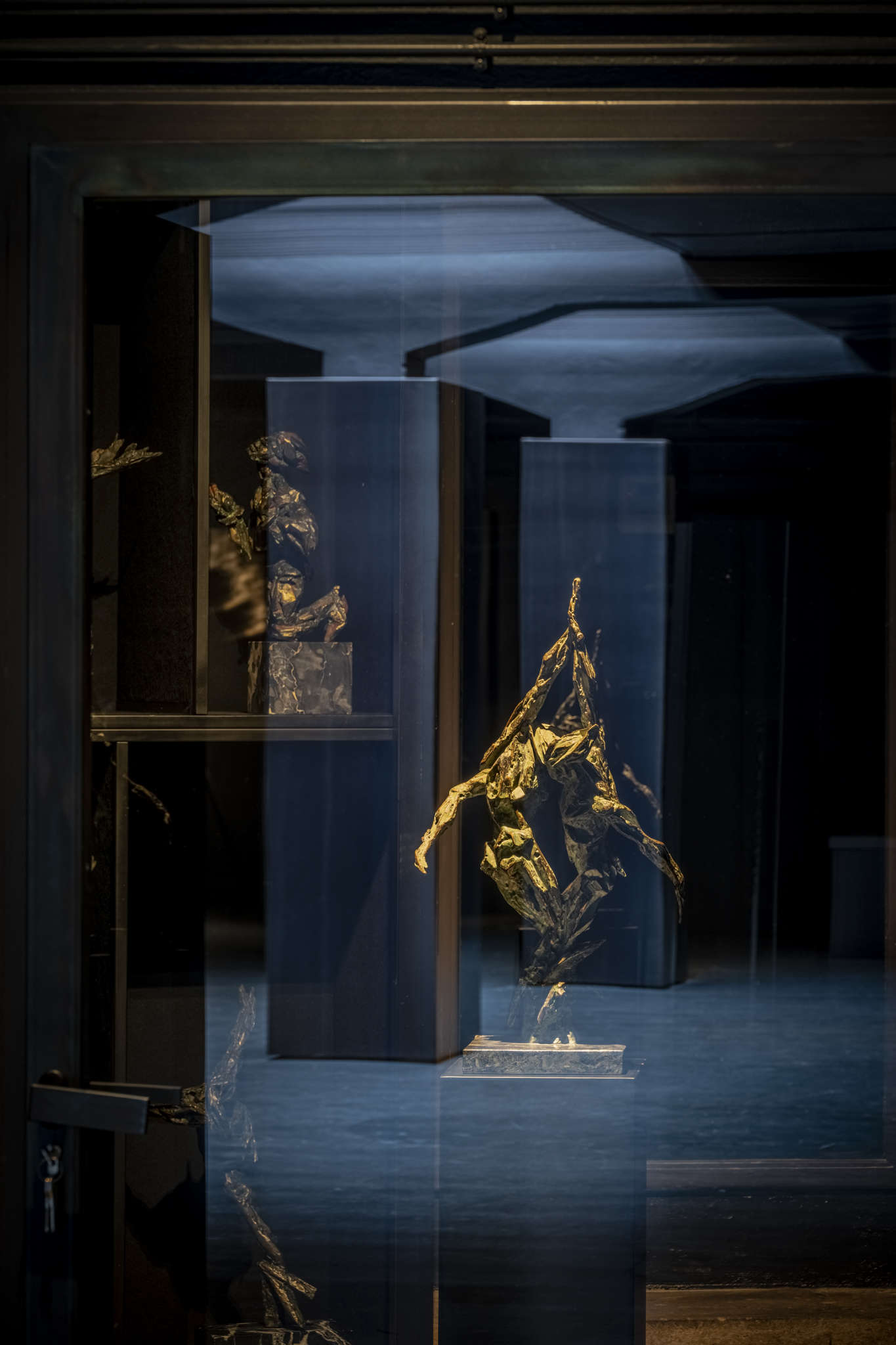

I felt accompanied with a "radical care" and affection. In the work at the center of Second Generation, Sabre, light plays a fundamental component, capable of bringing the visitor into an ancestral and primordial dimension played out between light and darkness. Exactly as if we were at a friend's house, it was nice to linger in front of this work, abandoning that mechanical and "fast food" fruition to which museums and art biennials are increasingly forced. From recent studies, even in large museums, one lingers, on average, in front of the single work, less than a second. This extreme superficiality, given by contemporary times and modes, risks annihilating and suffocating any value that instead in Keil Space seems protected with precise awareness.
We then proceed to the last stage of the visit where we change environment again to meet the "New Generation." Here I was invited to sit down, and was alone with myself for a few minutes. In this last environment we rush into a mysterious place and dimension where the infinitely large meets the infinitely small. The experience of the "New Generation" is one of contact with a work that is extremely physical, material and real, but at the same time transcendent and spiritual, which places us far from the Luna Park effect of many contemporary experiences hovering between virtuality and entertainment. This work concludes the itinerary with a surprise that harmoniously and coherently closes the tour, closing a circle and revealing a deeper sense of the entire journey among Keil's works.
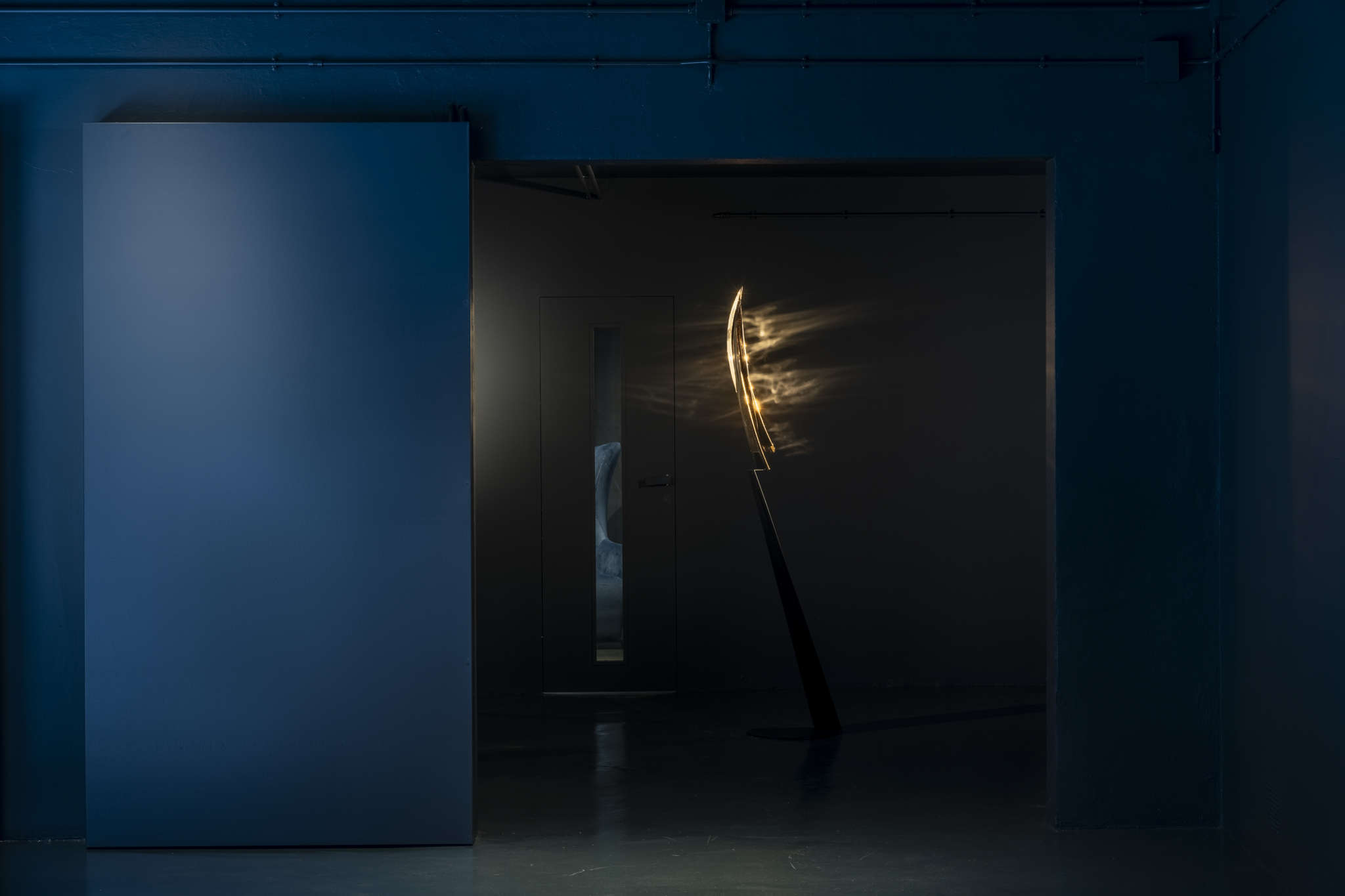
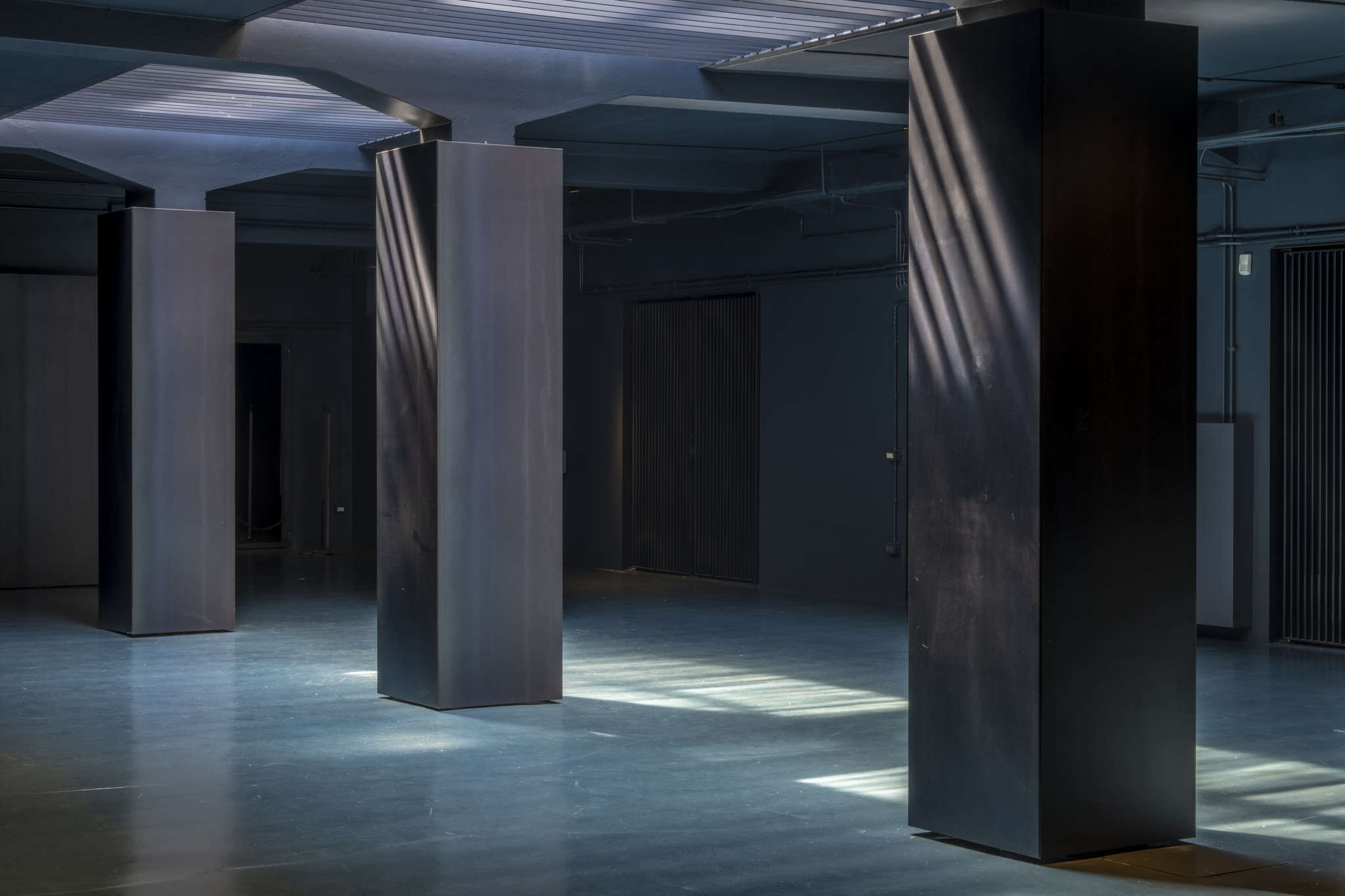
At the end of my experience, I was able to leave my testimony, which flowed into a choral narrative composed of the narratives of more than 500 people, between the ages of 16 and 80, who in less than a year took part in the individual visit to Keil Space. This dialogue and exchange, which started from the very beginning of the visit, allowed me to truly have an active role within the experience and make me feel not just a passive observer, but the real protagonist of what I was seeing and experiencing, as if I myself were the co-creator of the whole experience. At Keil Space, in fact, the time one allows oneself to be in the here and now seems to dilate, and one feels enticed by the environment and the manner of visiting to greater contemplation not only of one's own interiority and the outside world, but also in relation to the artwork. The newfound peace in the Keil Space underground is in fact due to the "other space" that is created, giving new life to the perception of the self, the world, and art.
The time and care devoted by the artist to her work is reflected in the visitors' newfound contemplation and attention to what they are looking at and experiencing. This is why the focus on the visitor's individuality is the true distinguishing value of this innovative space, highlighting an approach that makes the visitor not just a spectator, but a co-creator of an experience of awareness thanks to the artist's willingness to reopen accessibility to artistic dialogue truly for everyone. This is the real revolution, the new Risorgimento that once again starts not coincidentally from Florence, which we needed.




